Name Frans Masereel Role Painter | Movies The Idea | |
 | ||
Books Passionate Journey, The City, The Idea, The Sun, 25 Images of a Man's Passion Similar People Berthold Bartosch, Guy de Maupassant, Josef Herman | ||
panellogy 198 - frans masereel
Frans Masereel (31 July 1889 – 3 January 1972) was a Flemish painter and graphic artist who worked mainly in France. He is known especially for his woodcuts. His greatest work is generally said to be the wordless novel Passionate Journey. He completed over 20 other wordless novels in his career.
Contents
- panellogy 198 frans masereel
- Rob swainston research residency frans masereel centrum 2013 fetching fake etching
- Biography
- Influence
- Wordless novels in woodcuts
- Graphic novels in brush and ink drawings
- Early works
- Animated films
- Woodcut book illustrations
- References
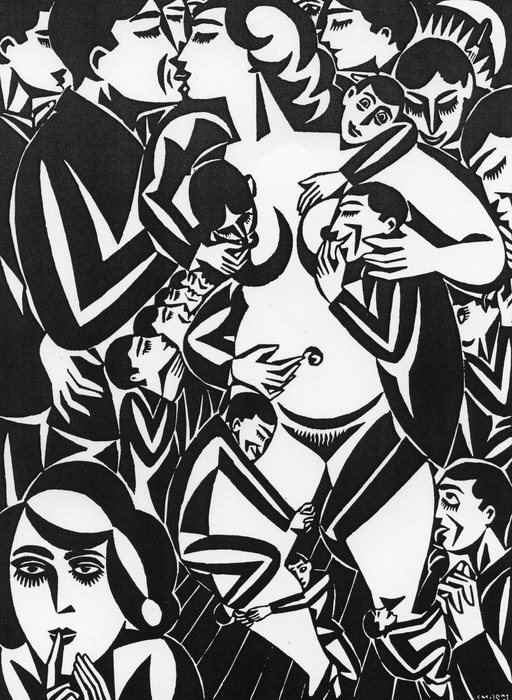
Masereel's woodcuts influenced Lynd Ward and later graphic artists such as Clifford Harper and Eric Drooker.

Rob swainston research residency frans masereel centrum 2013 fetching fake etching
Biography

Frans Masereel was born in the Belgian coastal town Blankenberge on 31 July 1889. He moved to Ghent in 1896, where at the age of 18 he began to study at the École des Beaux-Arts in the class of Jean Delvin. In 1909, he visited England and Germany, which inspired him to make his first etchings and woodcuts. In 1911 Masereel settled in Paris for four years and then emigrated to Switzerland, where he worked as a graphic artist for journals and magazines.
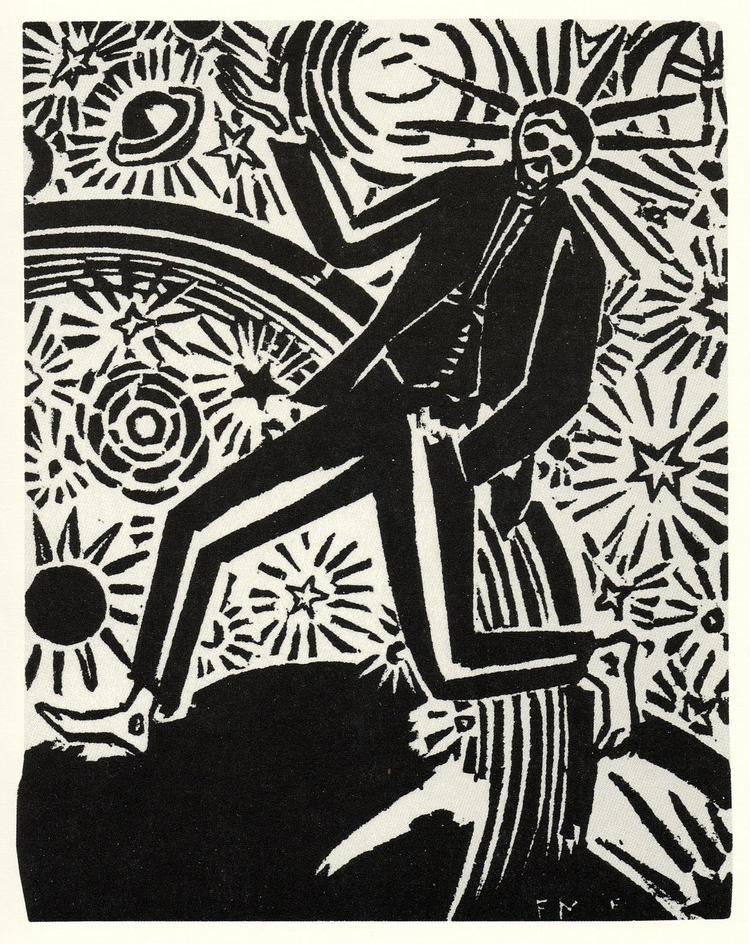
Masereel could not return to Belgium at the end of World War I because, being a pacifist, he had refused to serve in the Belgian army. Nonetheless, when a circle of friends in Antwerp interested in art and literature decided to found the magazine Lumière, Masereel was one of the artists invited to illustrate the text and the column headings. The magazine was first published in Antwerp in August 1919. It was an artistic and literary journal published in French. The magazine's title Lumière was a reference to the French magazine Clarté, which was published in Paris by Henri Barbusse. The principal artists who illustrated the text and the column headings in addition to Masereel himself were Jan Cantré, Jozef Cantré, Henri van Straten, and Joris Minne. Together, they became known as 'De Vijf' or 'Les Cinq' ('The Five'). Lumière was a key force in generating renewed interest in wood engraving in Belgium. The five artists in the 'De Vijf' group were instrumental in popularizing the art of wood, copper and linoleum engraving and introducing Expressionism in early 20th-century Belgium.
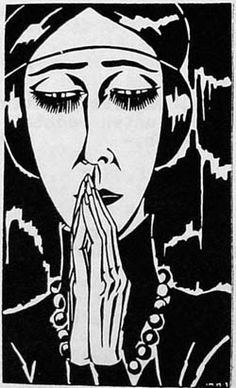
Masereel's woodcut series, mainly of sociocritical content and expressionistic in form, made Masereel internationally known. Among them were the wordless novels 25 Images of a Man's Passion (1918), Passionate Journey (1919), The Sun (1919), The Idea (1920), Story Without Words (1920), and Landscapes and Voices (1929). At that time Masereel also drew illustrations for famous works of world literature by Thomas Mann, Émile Zola, and Stefan Zweig. He also produced a series of illustrations for the classic Legend of Thyl Ulenspiegel and Lamme Goedzak by his fellow Belgian Charles De Coster; these illustrations followed the book in its translations to numerous languages.
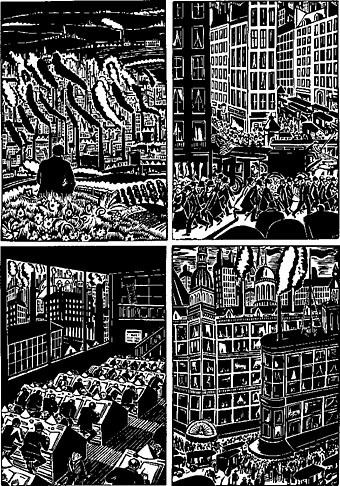
In 1921 Masereel returned to Paris, where he painted his famous street scenes, the Montmartre paintings. He lived for a time in Berlin, where his closest creative friend was George Grosz. After 1925 he lived near Boulogne-sur-Mer, where he painted predominantly coast areas, harbour views, and portraits of sailors and fishermen. During the 1930s his output declined. With the Fall of France to the Nazis in 1940 he fled from Paris and lived in several cities in Southern France.

At the end of World War II Masereel was able to resume his artistic work and produced woodcuts and paintings. After 1946 he taught at the Hochschule der Bildenden Künste Saar in Saarbrücken. In 1949 Masereel settled in Nice. Between 1949 and 1968, he published several series of woodcuts that differ from his earlier "novels in picture'" in comprising variations on a subject instead of a narrative. He also designed decorations and costumes for numerous theatre productions. The artist was honoured in numerous exhibitions and became a member of several academies.
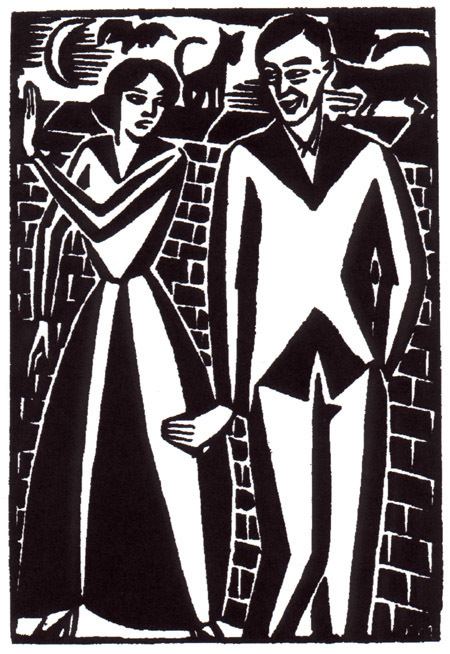
Frans Masereel died in Avignon in 1972 and was entombed in Ghent. The cultural organization Masereelfonds was named after him, as was the Frans Masereel Centre studio facility at Kasterlee.
Influence
Masereel's woodcuts influenced Lynd Ward and later graphic artists such as George Walker, Clifford Harper, Eric Drooker, and New Yorker cartoonist Peter Arno.
